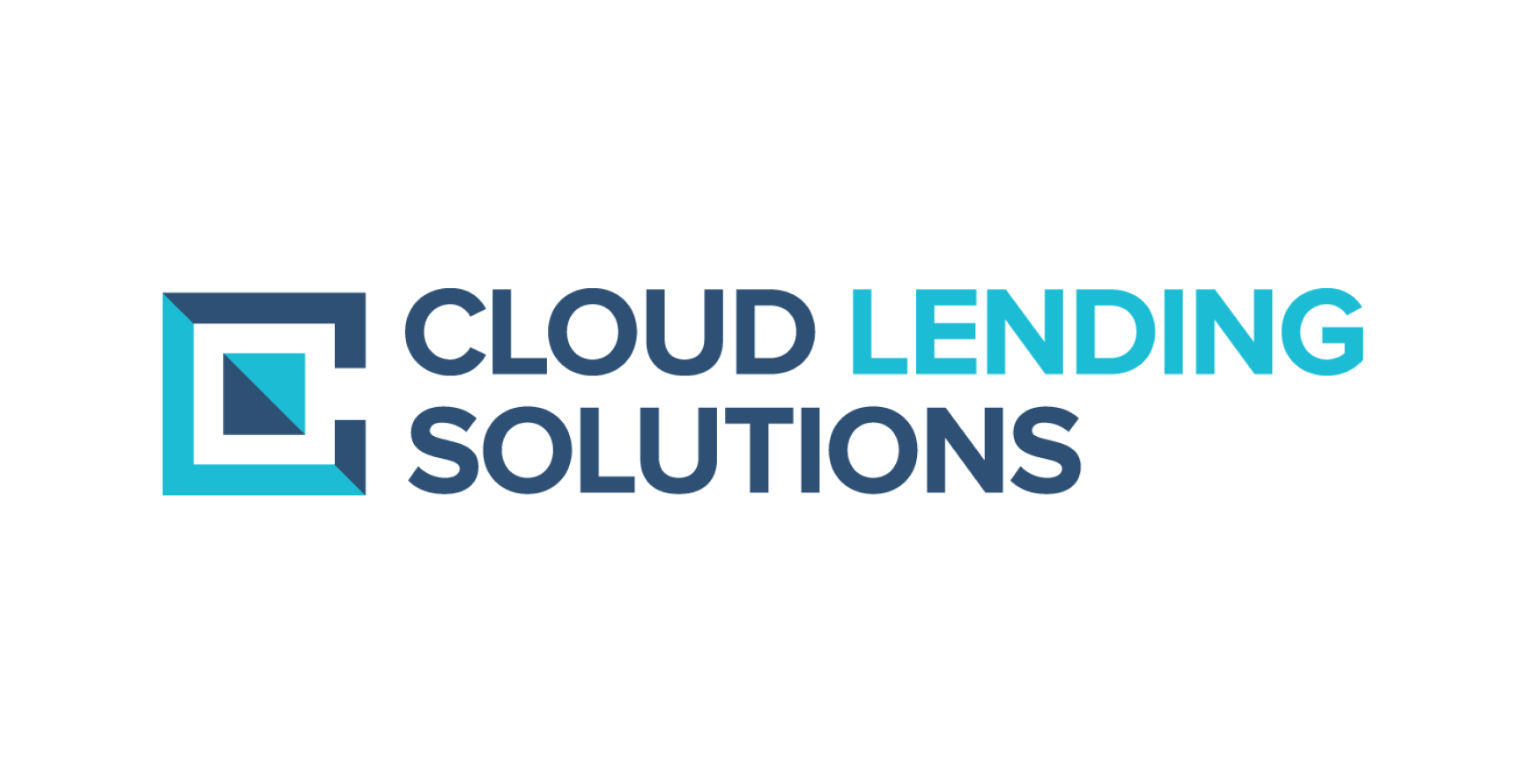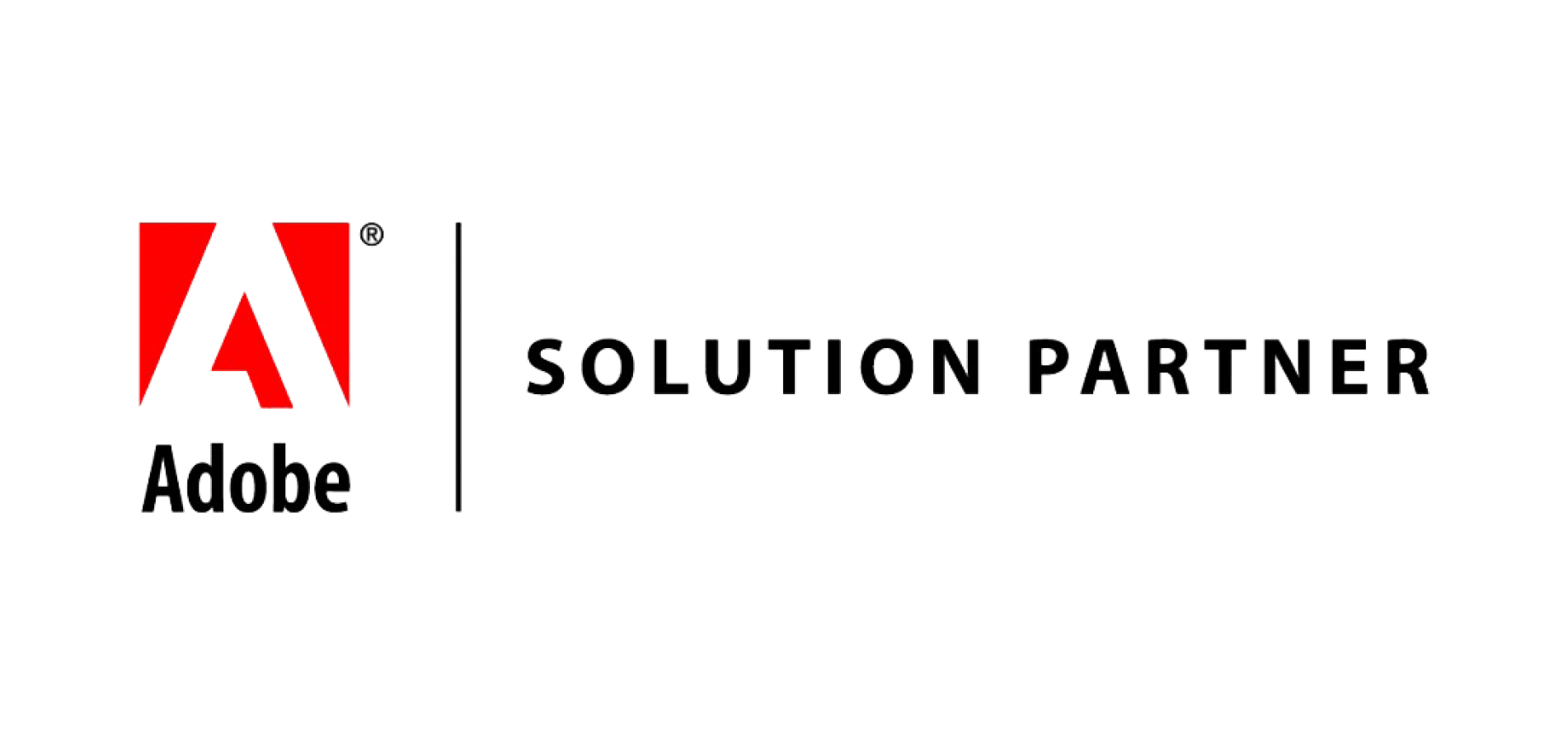Artificial Intelligence, zBlog
AI TRiSM: A Complete Guide to Trust, Risk, and Security in AI
trantorindia | Updated: July 22, 2025
AI TRiSM stands for Artificial Intelligence Trust, Risk, and Security Management. It’s a critical discipline that ensures AI systems are reliable, explainable, safe, compliant, and trustworthy throughout their lifecycle. As organizations deploy AI for everything from automation to personalized customer experiences, the need to manage its risks and maintain trust has never been more urgent.
In a nutshell:
AI TRiSM is a set of practices and tools for managing the trust, risk, and security of AI models—from development through deployment and beyond.
Why Does AI TRiSM Exist?
- Complex AI Models: Deep learning and generative AI are becoming more powerful—and also more opaque and unpredictable.
- Rising AI Risks: Errors, bias, privacy violations, adversarial attacks, and “hallucinations” (fabricated outputs) can have serious impacts.
- Regulatory Scrutiny: Laws like the EU AI Act, the White House’s “AI Bill of Rights,” and California’s consumer privacy laws require organizations to operate AI responsibly and transparently.
- Public Trust: In a 2023 Deloitte survey, 61% of Americans reported concern about trusting AI-driven decisions.
AI TRiSM bridges the gap between incredible innovation and responsible, ethical adoption of AI.
Why AI TRiSM Matters in Today’s AI Landscape
AI TRiSM: Fast Stats and Survey Insights
- Market Size: The worldwide AI governance and security market—including AI TRiSM—will reach $3.5 billion by 2025 (MarketsandMarkets).
- Risk Exposure: AI incidents—ranging from code errors to data leaks—have increased by over 35% since 2022 across US enterprises (Capgemini).
- Business Impact: According to Gartner, organizations implementing AI TRiSM reduced compliance costs by 30% and improved AI adoption rates by nearly 50%.
Key Drivers for AI TRiSM Adoption
- Regulatory Compliance
New and evolving regulations mean organizations must show auditable AI practices. - Brand Reputation
Mishandled AI incidents can severely damage public trust and brand value. - Operational Safety
From healthcare to finance, critical decisions hinge on AI reliability and security. - Shareholder and Customer Expectations
Both demand transparency, fairness, and privacy in AI-driven interactions.
Real-World Example
In 2023, a major US bank faced an $80 million fine after its AI-powered loan approval model was found to be systematically excluding applicants from certain ZIP codes, triggering investigations into bias and transparency lapses. A robust AI TRiSM program could have flagged and mitigated this risk early.
The Pillars of AI TRiSM
AI TRiSM encompasses three interconnected pillars:
1. Trust in AI
- Explainability: Can stakeholders understand why an AI made a certain decision?
- Transparency: Are data sources, algorithms, and decision paths documented and open for audit?
- Fairness: Are outcomes free from bias against individuals or groups?
- Accountability: Who is responsible for AI behavior—developers, operators, or businesses?
2. Risk Management
- Bias and Discrimination: Systematically assessing models to detect and address unfair outcomes.
- Robustness: Ensuring models function reliably under varying conditions, inputs, or attacks.
- Model Drift: Monitoring model accuracy as data patterns shift over time (e.g., post-pandemic consumer behavior).
- Legal and Compliance Risks: Staying compliant with evolving laws like GDPR, CCPA, and sector-specific requirements.
3. Security in AI
- Data Security: Protecting both training and inference data—especially sensitive PII or financial data.
- Adversarial Threats: Preventing attacks where bad actors intentionally manipulate AI inputs to cause errors (“adversarial examples”).
- Access Controls: Limiting who can modify, retrain, or query AI models—especially with proprietary or mission-critical applications.
Key takeaway:
AI TRiSM pillars are not independent silos. Trust, risk, and security must be managed together to achieve responsible AI.
The AI TRiSM Framework Explained
The AI TRiSM Lifecycle
AI TRiSM is not a single step—it’s an ongoing, cyclical framework that follows the lifecycle of any AI solution:
- 1. Design & Development
- Incorporate ethical guidelines and privacy by design.
- Identify and mitigate algorithmic biases in initial models.
- 2. Training
- Use representative, diverse, and clean data.
- Apply robust validation, explainability tools, and fairness checks.
- 3. Deployment
- Ensure model governance, documentation, and user transparency.
- Use automation for security, privacy, and compliance checks.
- 4. Monitoring & Maintenance
- Continuously monitor for drift, bias re-emergence, and performance degradation.
- Set up real-time alerts for anomalies or suspected attacks.
- 5. Incident Response & Improvement
- Prepare protocols for detected failures, breaches, or unintended outcomes.
- Use incident learnings to retrain and improve models iteratively.
AI TRiSM Core Components
What Sets AI TRiSM Apart?
- Goes far beyond simple technical controls—bridges technical, business, and compliance perspectives
- Evolves with regulations, tools, and threats
- Works for any industry: Highly regulated sectors (finance, healthcare), public services, manufacturing, tech, and more
Implementing AI TRiSM: A Step-by-Step Guide
Let’s walk through a navigational, practical guide to embedding AI TRiSM in your organization, regardless of size or sector.
Step 1. Secure Executive Buy-In and Education
- Present the strategic risks and business impacts of unmitigated AI risks to leadership.
- Show how AI TRiSM aligns with organizational ethics, compliance mandates, and customer retention.
Step 2. Build Your AI TRiSM Governance Board
- Create a cross-functional team including data science, compliance, cybersecurity, operations, and business units.
- Assign clear roles and responsibilities for AI oversight.
Step 3. Conduct a Comprehensive AI Asset Inventory
- List all AI models, systems, applications, and their data sets.
- Map out model dependencies, third-party components, and data flows.
Step 4. Establish Data Protection and Privacy Measures
- Classify all data used by AI models—production, training, inference.
- Implement controls: data encryption, anonymization, access management.
- Ensure privacy-by-design, with opt-in and consent tracking where needed.
Step 5. Integrate Bias Detection and Explainability Tools
- Use open-source and commercial tools for fairness audits (e.g., Aequitas, IBM AI Fairness 360, Google What-If Tool).
- Create explainable AI dashboards for both technical users (“white box” explanations) and non-technical stakeholders.
Step 6. Harden Model Security
- Protect models from adversarial attacks with regular penetration testing and synthetic input fuzzing.
- Restrict access to production AI endpoints using strong authentication.
- Leverage containerization and model sandboxing.
Step 7. Monitor and Measure
Set up ongoing monitoring for:
- Model performance drift
- Data distribution changes
- Suspicious behavior or anomalies
- Compliance status (with automated reporting)
Step 8. Prepare for Incident Response
- Draft playbooks for handling detected bias events, security breaches, or AI failures.
- Simulate incident scenarios with the team (“tabletop exercises”).
- Maintain detailed, immutable audit logs for accountability.
Step 9. Continuous Improvement and Training
- Regularly update your TRiSM controls and policies with new regulations, technologies, and business needs.
- Offer ongoing training to data scientists, engineers, and business users on AI TRiSM best practices.
Pro Tip: Don’t wait for a compliance deadline: proactive AI TRiSM is far cheaper and much safer than remediation after a crisis.
AI TRiSM in Action: Use Cases
1. Healthcare
AI-driven diagnostic imaging tools require rigorous bias and fairness checks:
- Trust: Clinical explainability (physician-facing “why” an image was flagged).
- Risk: Ongoing monitoring for bias against population subgroups.
- Security: Ensuring HIPAA-compliant data management.
2. Financial Services
Banks and insurers use AI for credit scoring, fraud detection, and automated transactions:
- Trust: Regulatory-mandated transparency (“Model cards” explaining model factors).
- Risk: Addressing algorithmic bias that could produce disparate impact.
- Security: Preventing adversarial attacks on risk models.
3. Retail and E-Commerce
Recommendation engines and chatbots:
- Trust: Personalized offers that do not cross ethical or privacy boundaries.
- Risk: Reducing the likelihood of biased or offensive suggestions.
- Security: Protecting customer preferences and purchase histories.
4. Public Sector
Government AI uses in benefits adjudication, surveillance, and citizen engagement:
- Trust: Clear public explanations for automated decisions.
- Risk: Preventing automated discrimination or exclusion.
- Security: Safeguarding sensitive PII from exploitation or leaks.
Future Trends: AI TRiSM in 2025 and Beyond
Generative AI and New Security Frontiers
With tools like ChatGPT and image generators exploding in popularity, new challenges for AI TRiSM have emerged, including:
- Preventing “hallucinations”: Ensuring AI doesn’t fabricate false information.
- Detecting deepfakes and synthetic media: Identifying AI-created content that could fool people or systems.
- Content filtering: Blocking generation of toxic, biased, or illegal outputs.
Integrated, Automated Governance
The AI TRiSM of the future will feature:
- Automated compliance checks ensuring new regulations are constantly met.
- Real-time incident detection via AI-powered security operations centers.
- End-to-end traceability from data ingestion to model output—enabling “audit on demand.”
US Regulatory Landscape
- NIST AI Risk Management Framework (2023): Establishes voluntary best practices for trustworthy, fair, and secure AI.
- White House Executive Order on AI (2023): Pushes for safe, responsible AI innovation.
- State-level laws: California, Illinois, New York, and others launching tailored AI and consumer data privacy laws.
Insight: As US and global regulations evolve, proactive AI TRiSM strategies will become both a competitive differentiator and a legal necessity for organizations.
Frequently Asked Questions (FAQs)
What is AI TRiSM in simple terms?
AI TRiSM is a set of processes and tools to make sure AI models are trustworthy, safe, secure, and follow laws and ethical standards.
Why do organizations need AI TRiSM?
AI systems can make mistakes, introduce bias, leak data, or be manipulated by attackers. TRiSM prevents, detects, and responds to these risks—protecting both organizations and customers.
What are “explainable AI” tools?
These help you understand how an AI model made a decision (for example, by highlighting which factors led to a loan denial) so you can spot errors or bias.
What is “model drift”?
This is when an AI model becomes less accurate over time as real-world data changes—requiring retraining or updates.
Which industries benefit most from AI TRiSM?
Highly regulated or high-stakes fields: banking, healthcare, insurance, public services, and technology companies.
How can small companies use AI TRiSM?
With easy-to-use, cloud-based monitoring and governance tools, even small teams can gain enterprise-level trust and security.
Are there laws requiring AI TRiSM?
Not always named “TRiSM,” but privacy laws (GDPR, CCPA), and new AI-specific rules require many of the same controls—documented transparency, bias reviews, explainability, and auditing.
Conclusion: Achieving Trusted AI with Trantor
Conclusion: Achieving Trusted AI with Trantor
The promise and power of artificial intelligence are vast—but so are the risks if AI isn’t deployed with trust, security, and risk management at its core. AI TRISM is the toolset, mindset, and framework that guides businesses into a new era: one where AI is not only powerful and productive, but also fair, safe, and accountable.
At Trantor, we help organizations harness the full value of AI—without sacrificing trust, security, or compliance.
Our team brings together industry-leading expertise in AI design, governance, security, privacy, and regulatory affairs. We empower your teams to innovate boldly and responsibly, whether you’re just exploring AI or scaling enterprise-wide deployments.
Ready to realize the potential of AI…safely?
Connect with Trantor to discover how our AI TRISM services and solutions can unlock your organization’s best future—one where risk, trust, and security are never an afterthought.



